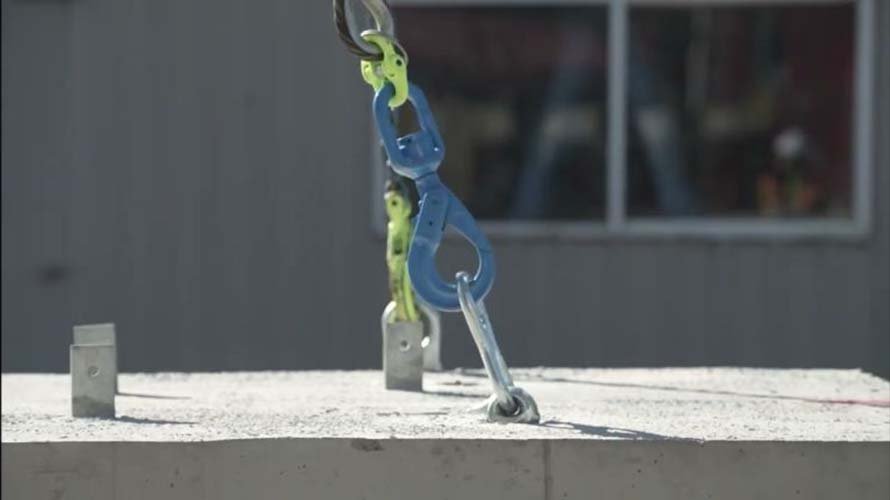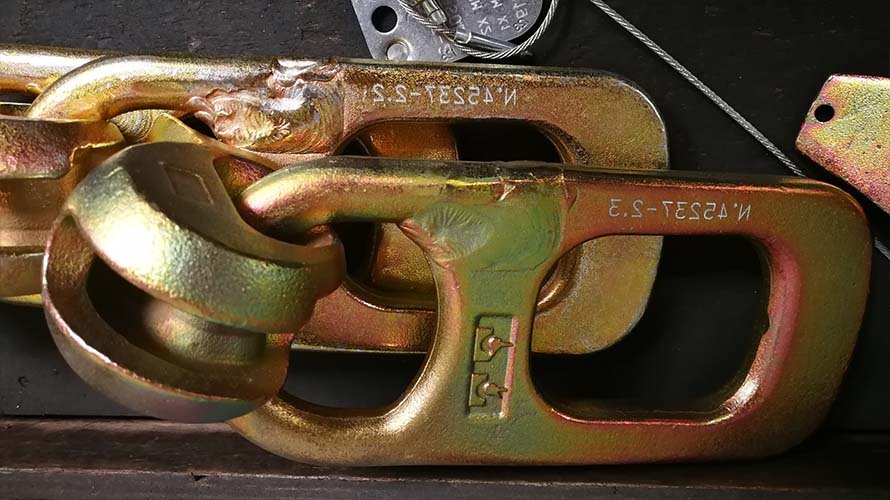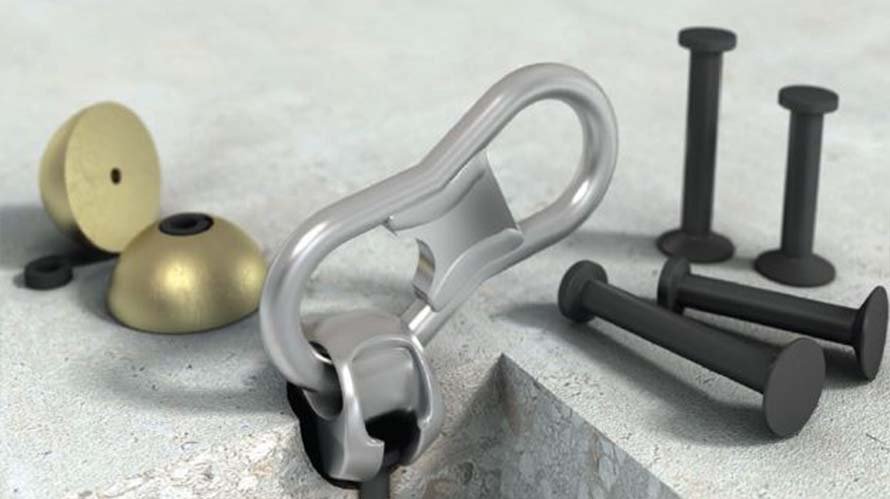In the modern construction industry, precast concrete systems are increasingly popular due to their speed, consistency, and cost-effectiveness. However, the safe and efficient lifting of precast components requires specialized hardware. This is where the precast lifting clutch becomes indispensable. Whether lifting concrete panels, beams, or staircases, a properly engineered lifting clutch ensures both safety and efficiency during handling.
This blog will explore the functions, materials, and benefits of precast lifting clutches, providing valuable insights for contractors, engineers, and procurement professionals.

What Is a Precast Lifting Clutch?
A precast lifting clutch is a mechanical device designed to connect lifting equipment—such as cranes or chains—to embedded anchors within precast concrete units. These clutches are engineered to support heavy loads, ensure quick engagement and release, and provide safe load transfer during lifting, transport, and placement.
In a typical setup, the clutch interfaces with a spherical head anchor or threaded socket that is cast into the concrete. When properly connected, the clutch allows the precast component to be lifted securely without risk of slippage or damage.
How Precast Lifting Clutches Function
At the heart of every lifting clutch system is the connection between the clutch and the embedded lifting anchor. This connection must be strong, reliable, and easy to make on-site. The clutch typically has a curved locking bolt or pin that engages with the spherical head of the anchor, creating a rigid load path that can withstand dynamic forces.
Before the lift, the operator inserts the clutch into the anchor head, ensuring a full and secure lock. Once engaged, the lifting begins. The clutch transfers the load from the concrete unit to the lifting system while keeping the anchor in pure tension—avoiding any bending or shear loads that could cause failure.
Quick and Safe Release After Placement
Once the concrete element is in position, the clutch must be quickly and safely released. The design of modern lifting clutches allows for tool-free release, often with a simple rotating or sliding motion. This not only saves time but also improves worker safety, especially in challenging site conditions.
Many models feature built-in indicators that visually confirm proper engagement or disengagement, helping to eliminate operator errors.

Materials Used in Precast Lifting Clutches
To meet the demands of heavy-duty construction, precast lifting clutches are made from high-strength alloy steels. These materials provide exceptional tensile strength, fatigue resistance, and mechanical durability. The steel components are often heat-treated to improve performance under load and reduce wear over time.
In harsh environments—such as marine or humid job sites—corrosion protection is essential. That’s why many lifting clutches are finished with zinc plating, electro-galvanization, or powder coating to extend service life and maintain load capacity under challenging conditions.
Compliance with International Standards
To ensure safety and consistency, lifting clutches must comply with recognized international standards. These include:
EN 1992-1-1 (Eurocode 2) for concrete design
ISO 10555 or local equivalents for mechanical performance
Manufacturer-specific certifications based on static and dynamic load testing
Each clutch is rated by Working Load Limit (WLL) and is often marked with a serial number or batch code to track quality control and ensure traceability.
Benefits of Using Precast Lifting Clutches
Safety is a top priority in any construction project. A certified lifting clutch minimizes the risk of structural failure during lifting. Unlike improvised lifting methods, these clutches are engineered and tested to handle specific loads under real-world conditions. The secure locking mechanism prevents accidental release, even under sudden shocks or tilting forces.
Time Efficiency and Productivity
One of the biggest benefits of using a precast lifting clutch is reduced labor time. The intuitive design of most clutches allows for fast attachment and removal, which can significantly speed up the precast installation process. Over the course of a project, this time-saving adds up, resulting in lower labor costs and faster project completion.
Reusability and Cost-Effectiveness
Most precast lifting clutches are reusable, provided they are regularly inspected and maintained. This makes them a cost-effective investment, especially on large-scale projects with multiple lifts. A single lifting clutch can be used with various types of anchors and precast components, adding to its value.
Compatibility with Various Precast Elements
Precast lifting clutches are compatible with many types of components, such as:
This makes them a versatile tool for a wide range of applications in both commercial and civil engineering projects.
Best Practices for Selecting and Using Lifting Clutches
Choosing the right lifting clutch involves understanding the load requirements, anchor system, and site conditions. Always verify that the clutch:
Matches the working load limit (WLL) of the anchor system
Is certified to meet safety standards
Is inspected before and after use for any signs of wear, corrosion, or deformation
Training workers on proper usage is equally important. Even the most reliable clutch can fail if not used correctly.

Conclusion
The precast lifting clutch plays a crucial role in the safe, efficient, and economical handling of precast concrete components. Its well-engineered design allows for secure engagement with embedded anchors, easy release, and high load-bearing capacity. Made from high-strength materials and built to meet rigorous standards, these clutches offer enhanced safety, faster operations, and long-term cost savings.
For engineers, site managers, and procurement teams, understanding the functionality and advantages of lifting clutches is key to successful precast concrete handling. Investing in high-quality lifting hardware isn’t just about lifting—it’s about elevating your entire workflow.
Looking for reliable precast lifting systems? EATHU provides certified lifting clutches and anchor systems that meet international standards. Contact us to find the right lifting solution for your next project.







